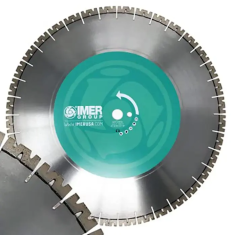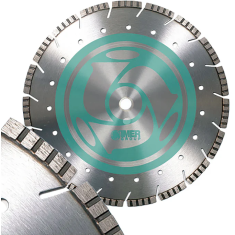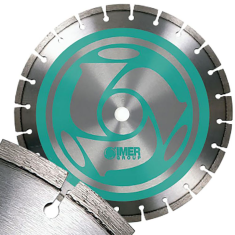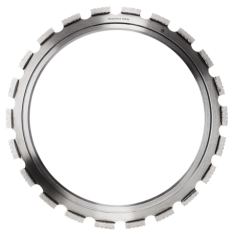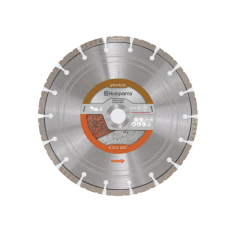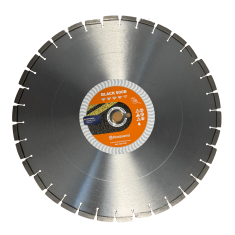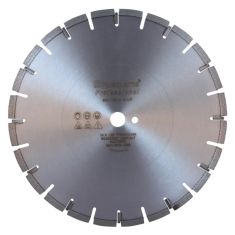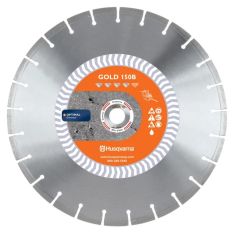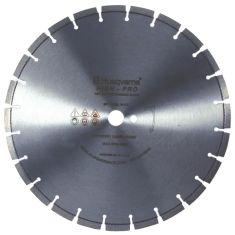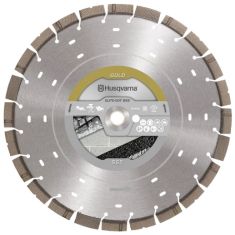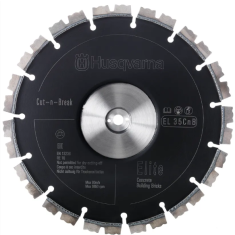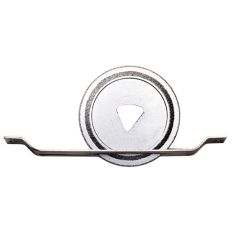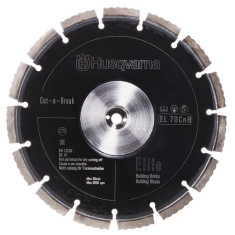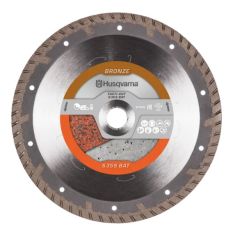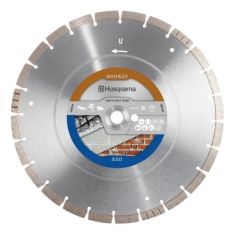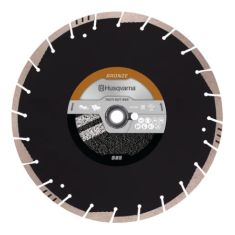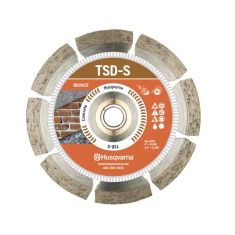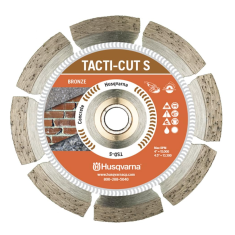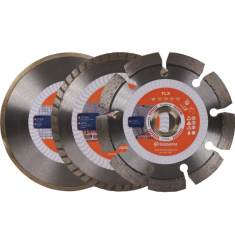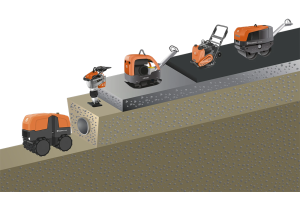Selecting the Right Diamond Blades for Tile & Masonry Projects
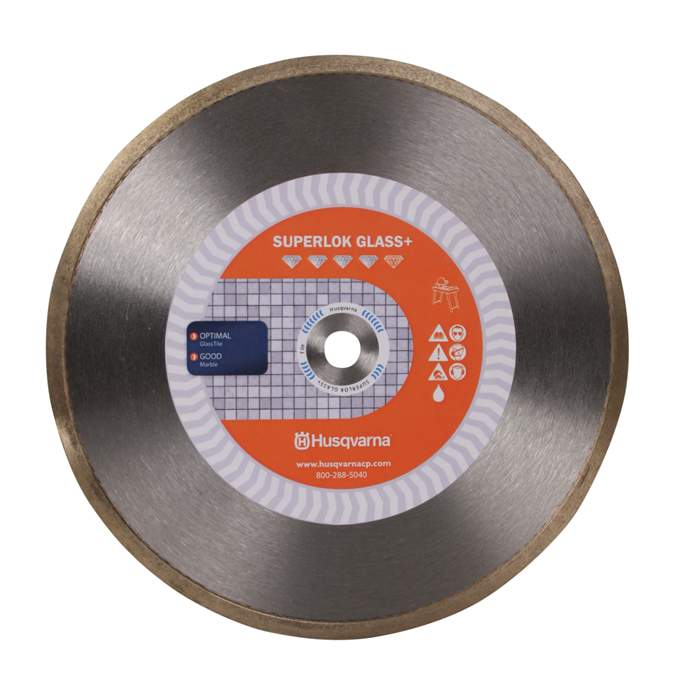
Selecting the Right Diamond Blades for Tile & Masonry Projects
Choosing the perfect diamond blade for tile and masonry projects involves more than just selecting a tool; it requires a deep understanding of the blade's design and functionality. Each blade type is uniquely engineered to handle different materials—from delicate porcelain to rugged granite—making it crucial to navigate this complex landscape with informed precision. This guide is designed to demystify the selection process, providing essential insights for both seasoned professionals and DIY enthusiasts. You'll learn to identify the best blade for your specific tile and masonry cutting needs, ensuring efficiency and precision in your work.
The Essence of Diamond Cutting Tools
At the heart of diamond tool effectiveness lies the compound of the segment. This unique mixture of metal powder and diamond particles is engineered to achieve optimal cutting performance for varying materials. The key aspects influencing a diamond tool's behavior include:
- Diamond Grade & Size: Determines the quality and the precision of the cut.
- Diamond Content: Indicates the amount of diamond within the segment.
- Metal Content: Impacts the blade's wear rate and cutting characteristics.
- Diamond Height: Relates to the depth of diamond particles embedded within the segment.
Diving into Diamond Blade Types
Understanding the types of diamond blades is really important. Here's a breakdown of the three main types of blades:
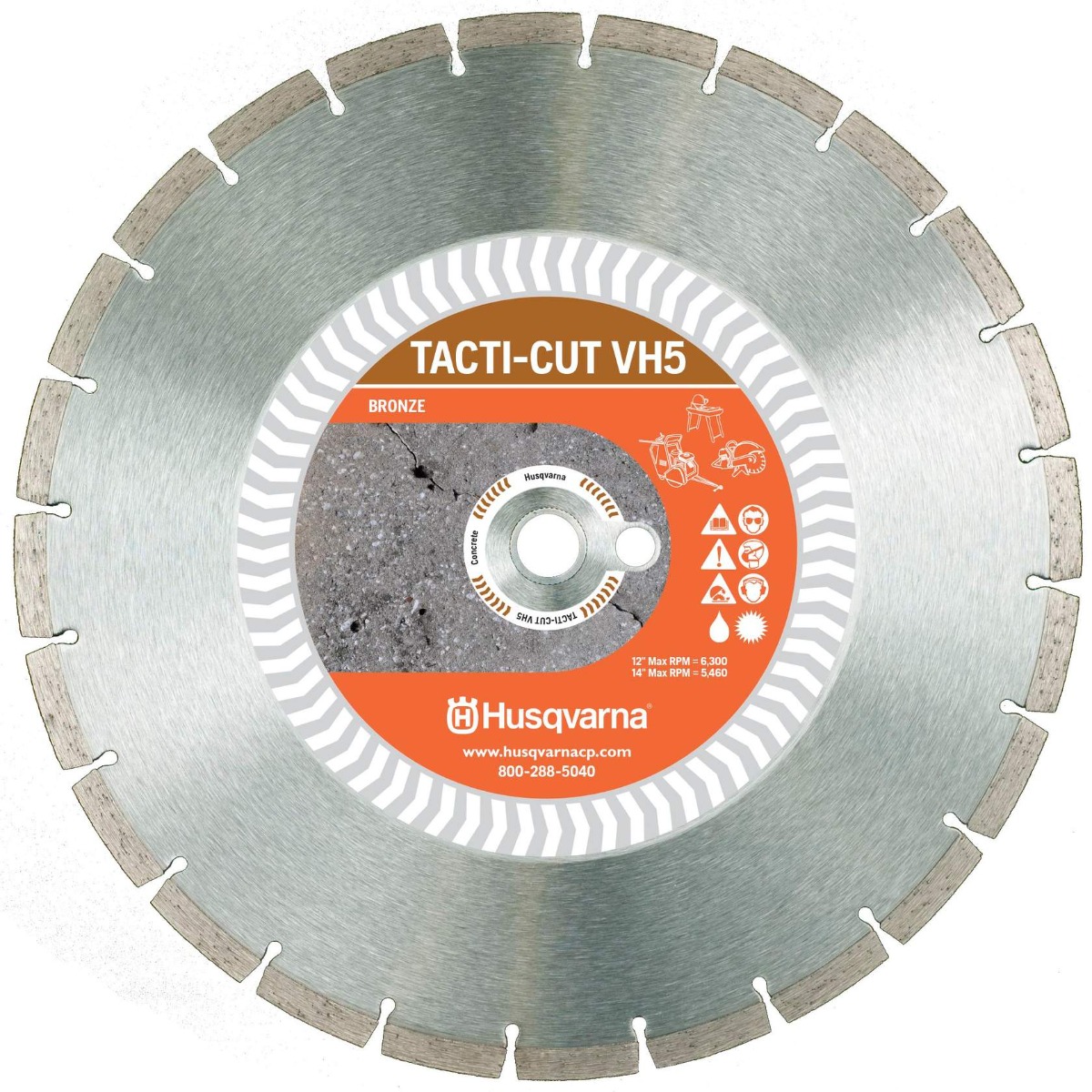 |
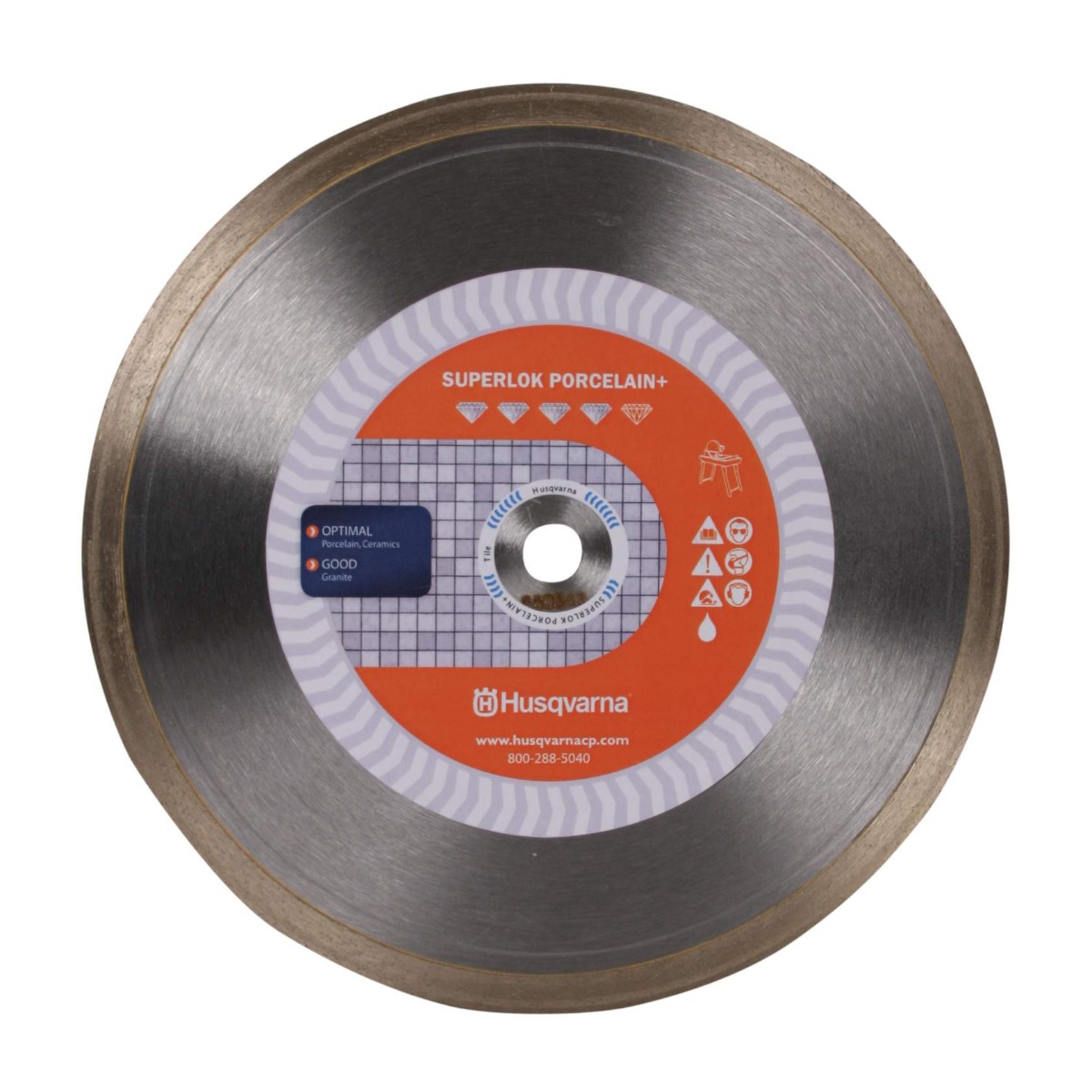 |
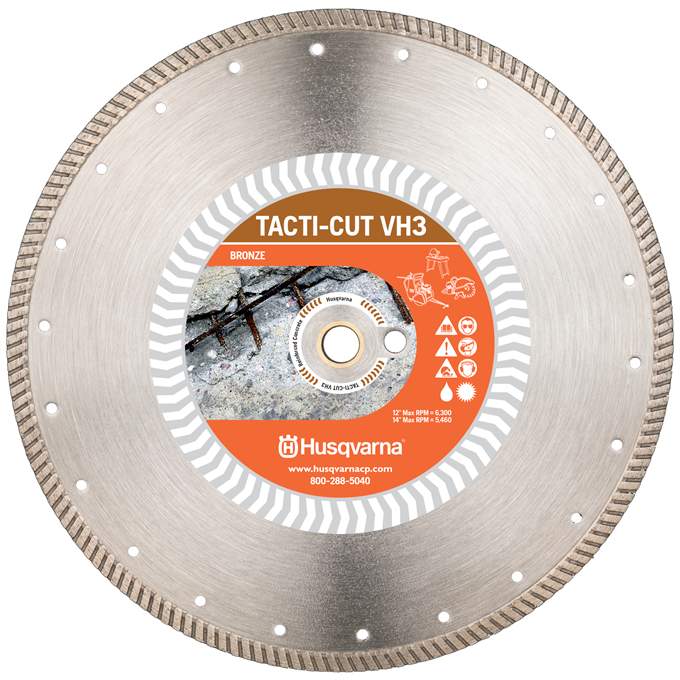 |
| Segmented Blade: The go-to choice for cutting concrete, masonry, and stone. Characterized by their gullets or slots which facilitate air flow and heat dispersion, these blades are your ally for extended life and speed. | Continuous Blade: Ideal for materials like tile, granite, and marble. Its continuous edge delivers a precise, chip-free experience, making it perfect for delicate materials. | Turbo Blade: The jack-of-all-trades in the diamond blade world. Designed for fast cutting across a multitude of materials, turbo blades offer versatility with a unique rim for chip-free results. |
Segment Blade Shapes and Their Secrets
Each segment shape, from the Double Notch to the Turbo, uses varying amounts of active surface area to tailor cutting speed and blade life to the task at hand. The design intricacies allow for nuanced control over the blade's performance.
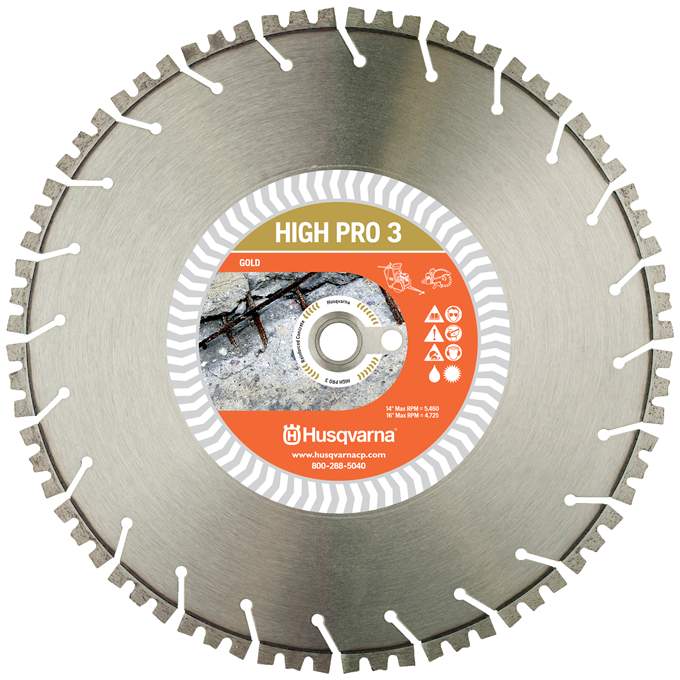 |
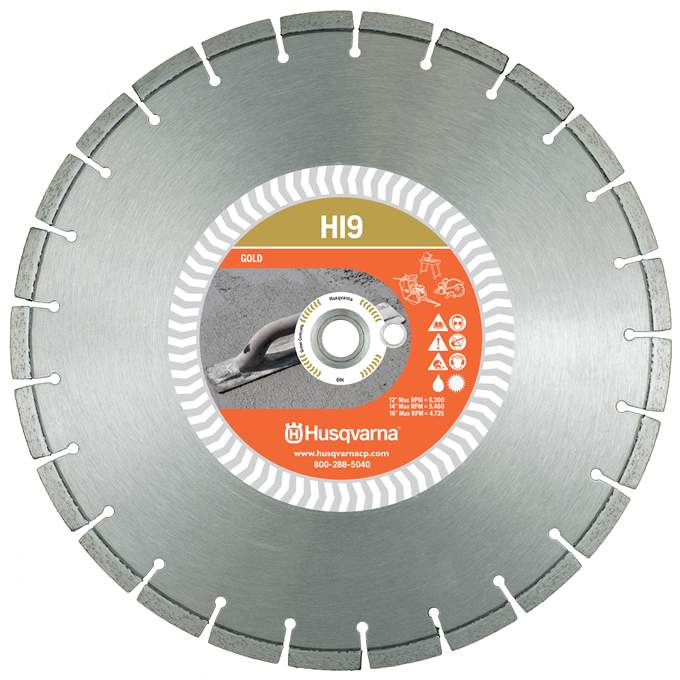 |
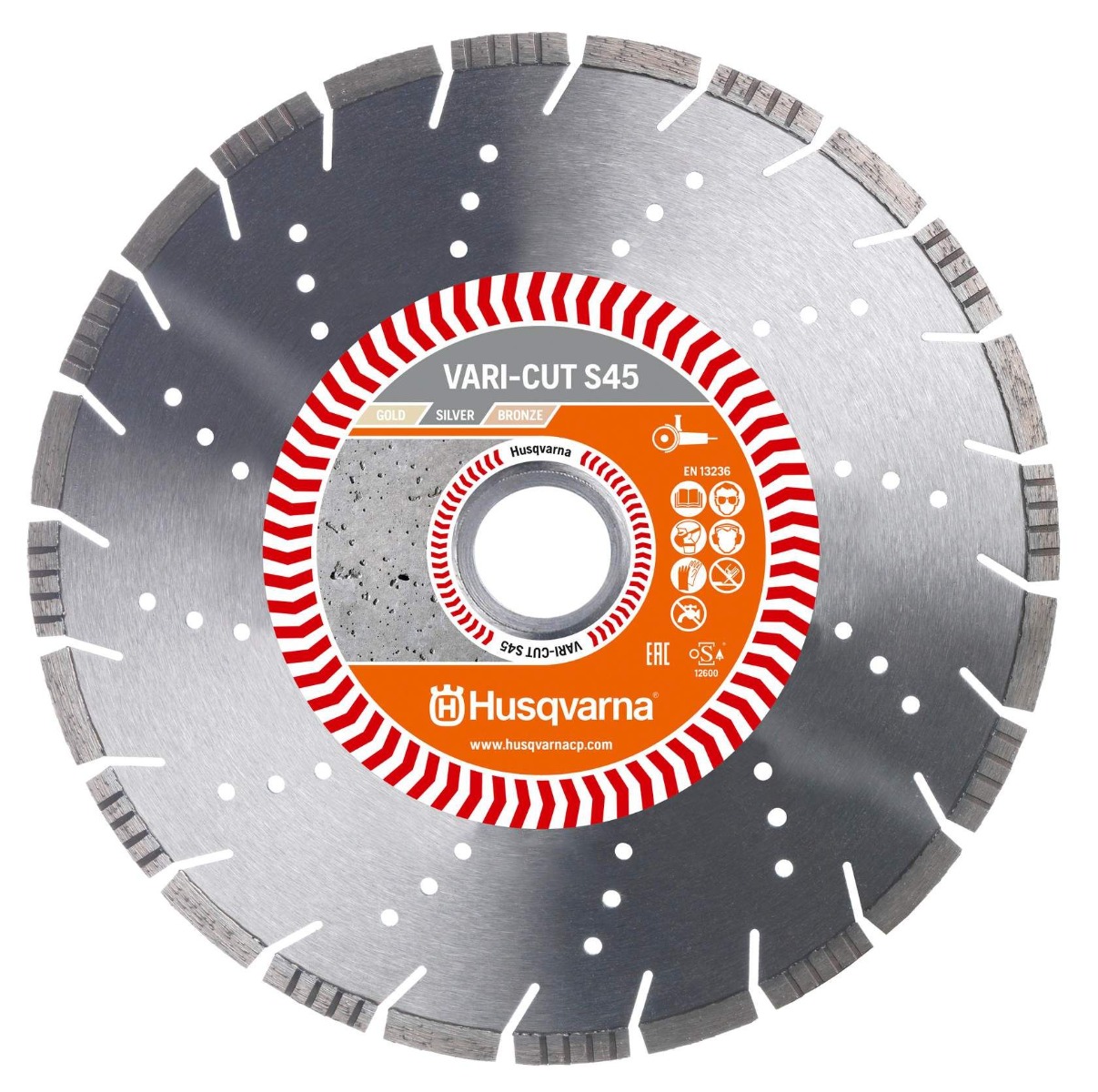 |
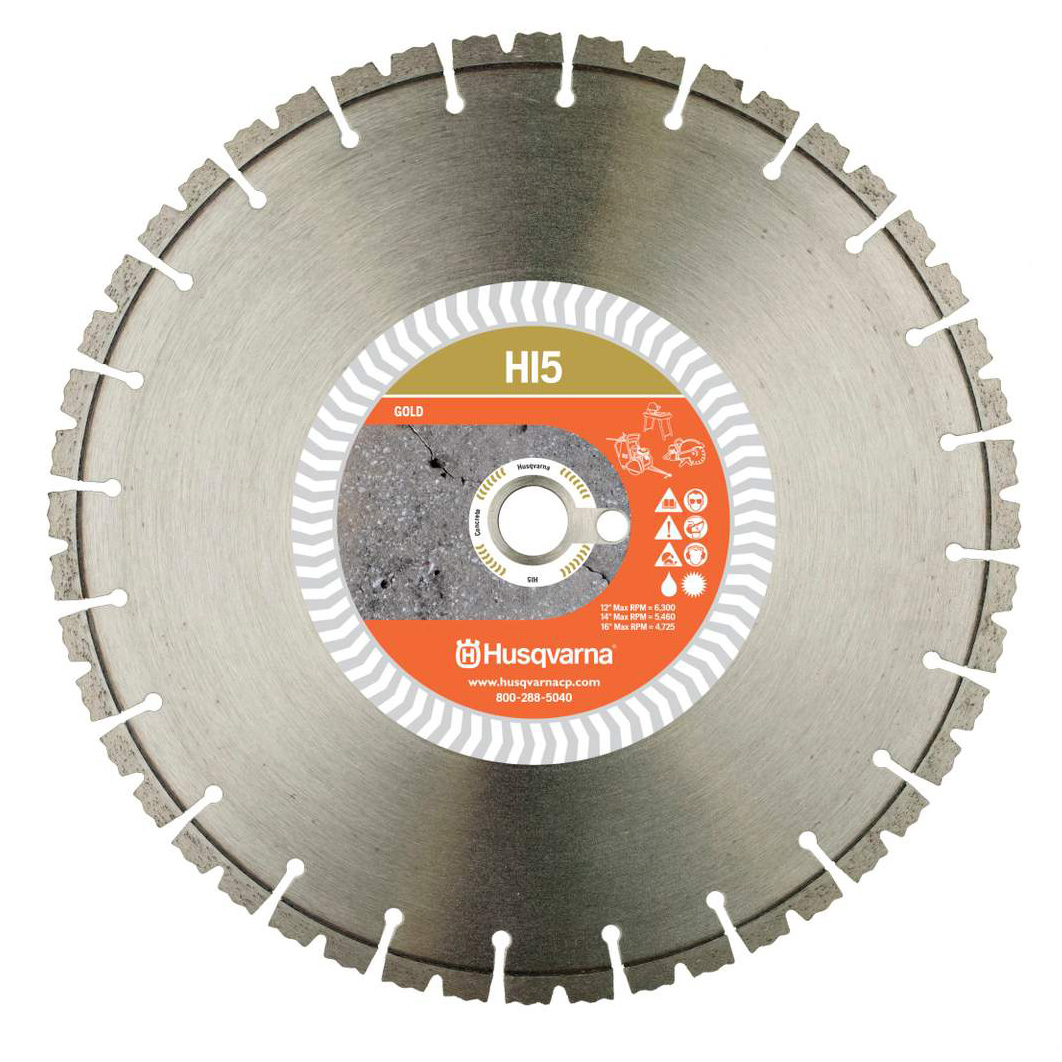 |
| Double Notch | Standard | Turbo | Single Notch |
Double Notch Segment: The Double Notch segment typically features two notches on each segment. This design helps in dispersing heat and reducing friction during cutting, which can extend the life of the blade.
Applications: Ideal for cutting harder materials where heat buildup is significant. The double notch helps maintain cutting efficiency by allowing more cooling and debris removal.
Advantages: Enhanced durability and improved cooling. Suitable for prolonged use in tough environments.
Standard Segment: This is the most commonly used segment shape, characterized by its straightforward, uniform geometry. It usually offers a balance between cutting speed and lifespan.
Applications: Versatile enough for general purpose cutting. Works well with a wide range of materials from concrete to bricks.
Advantages: A good all-rounder blade, offering consistent performance and a moderate price point.
Turbo Segment: Turbo segments are designed with a continuous rim or small gaps that create a turbo effect, enhancing the cutting speed. The design can significantly increase the cutting precision.
Applications: Excellent for smooth and fast cutting of dense and hard materials such as granite, marble, and ceramic tiles.
Advantages: Provides a clean cut with less chipping, ideal for decorative and fine masonry work.
Single Notch Segment: Features a single notch in each segment. This design can help with faster debris removal and slightly quicker cutting than standard segments, depending on the material.
Applications: Useful for medium to soft materials where quick cutting action is preferred, such as soft bricks and limestone.
Advantages: Faster cutting speeds with moderate life span; often preferred for projects where speed is more critical than the ultimate precision.
When selecting a segment blade, it's important to consider the material you'll be cutting most frequently. Harder materials generally require blades with more cooling and durability features like the Double Notch, while softer materials can be cut efficiently with Single Notch or Standard segments. Turbo segments, while more expensive, provide the cleanest cuts for decorative work. By understanding these differences and matching the blade to the specific needs of your project, you can optimize both the performance and lifespan of your cutting tools.
Continuous Blades

Continuous blades are named for their uninterrupted rim, which is embedded with diamond crystals. Unlike segmented blades, there are no gaps or breaks along the edge. This design allows for a smoother and more stable cut. The diamonds are typically embedded in a metal matrix that wears away gradually during use, consistently exposing new, sharp diamond edges for cutting. This allows the blade to maintain its cutting ability over time. Continuous blades often have a thinner kerf (the width of the cut) compared to other types. This thin cut reduces material waste and requires less power, making it ideal for delicate cutting tasks. To prevent overheating and to reduce dust, continuous blades are usually used with water. The water cools the blade and the material, which is crucial for materials like porcelain and glass that can crack or chip from thermal stress.
Applications of Continuous Blades:
1. Material Suitability:
- Tiles: Particularly suited for ceramic and porcelain tiles, where a chip-free edge is crucial.
- Glass: Used for cutting glass materials, ensuring smooth edges that are less likely to chip.
- Marble and Granite: Effective for marble and granite, providing a clean cut that is necessary for visible surfaces such as countertops.
- Other Delicate Materials: Also used for other brittle materials that require precise cuts without chipping, such as certain types of thin stone and engineered stone.
2. Usage Context:
Tile Cutting for Construction and Remodeling: Commonly used in the construction and remodeling industry where precise tile fitting is required.
Art and Decorative Work: Artists and craftsmen who work with glass or delicate ceramics often use these blades for detailed and precise cuts.
3. Advantages of Continuous Blades:
- Smooth, Precise Cuts: The continuous rim allows for cutting with minimal chipping on the surface of the material, which is essential for installations where the edges are visible.
- Reduced Material Waste: The thin kerf of the blade means less material is removed during the cutting process, which is particularly beneficial when working with expensive materials.
- Versatility for Wet and Dry Cutting: Although primarily used with water for cooling, some continuous blades can also be used dry in situations where water use is impractical.
- Safety and Cleanliness: Using water reduces airborne particles and dust, which is better for the operator’s health and creates a cleaner work environment.
In summary, continuous blades are an indispensable tool for projects requiring high precision and minimal damage to delicate materials. Their unique construction and capabilities make them a preferred choice for professional contractors and craftsmen who demand clean, precise cuts in sensitive materials.
Tile Blade Series: A Cut Above
For tile cutting, we delve into three series: SuperLok Series, Vari-Cut Series, & TSD Series
- Superlok Series: Precision cutting for porcelain and glass, promising clean edges. Professional.
 |
 |
| Superlok Porcelain | Superlok Glass |
- Vari-Cut Series: Premium blades offering a balance of speed and finish. Premium.
 |
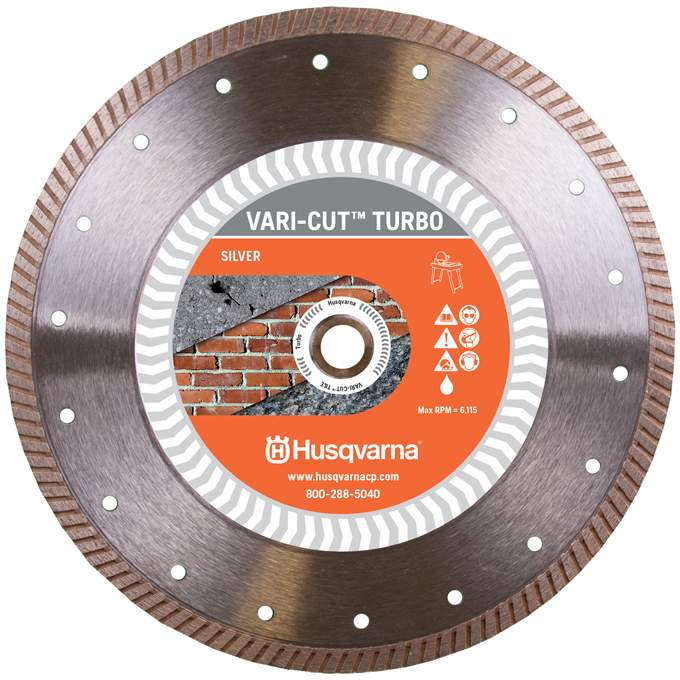 |
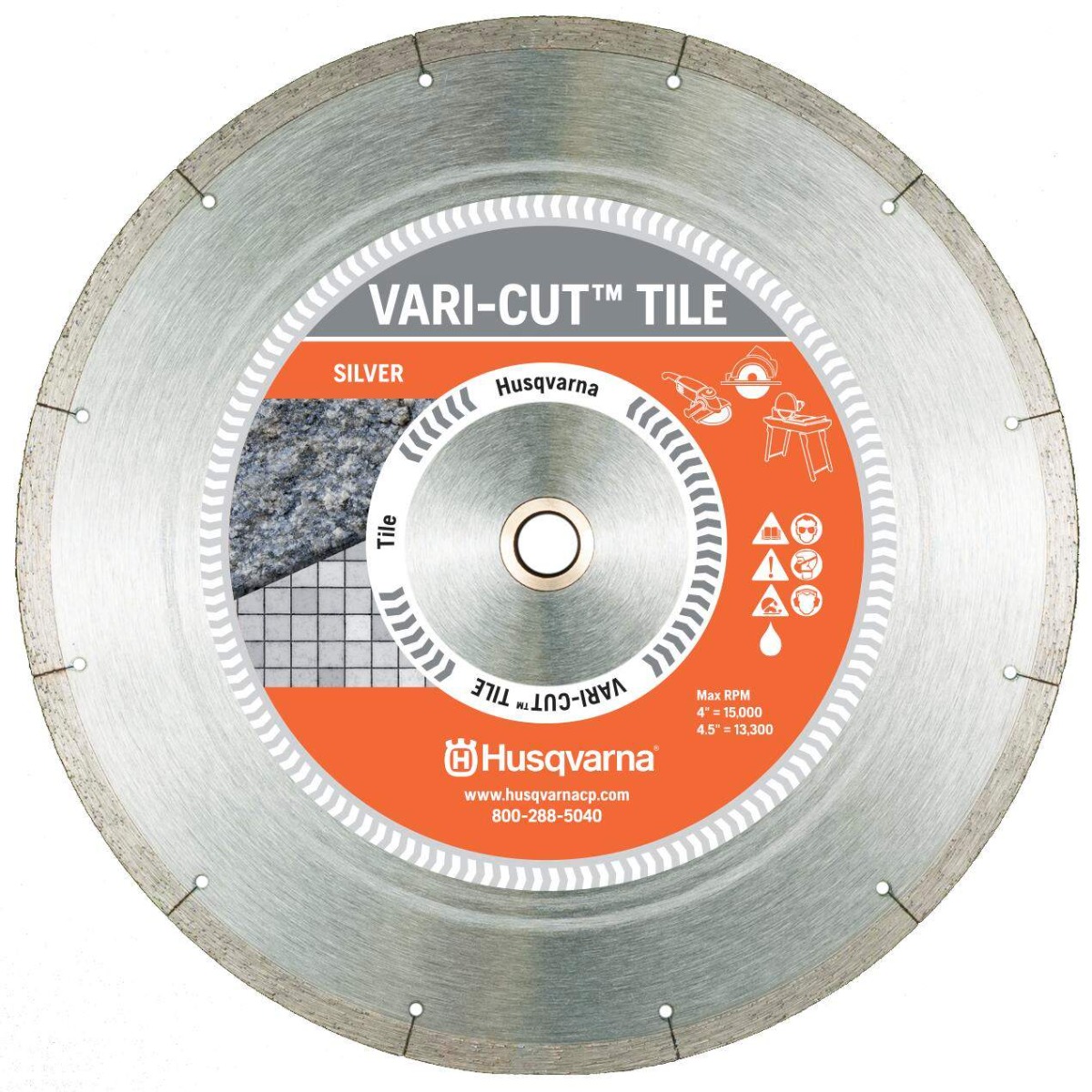 |
| Vari-Cut | Vari-Cut Turbo | Vari-Cut Tile |
- TSD Series: A quality choice with options for segmented, turbo, and continuous rims.
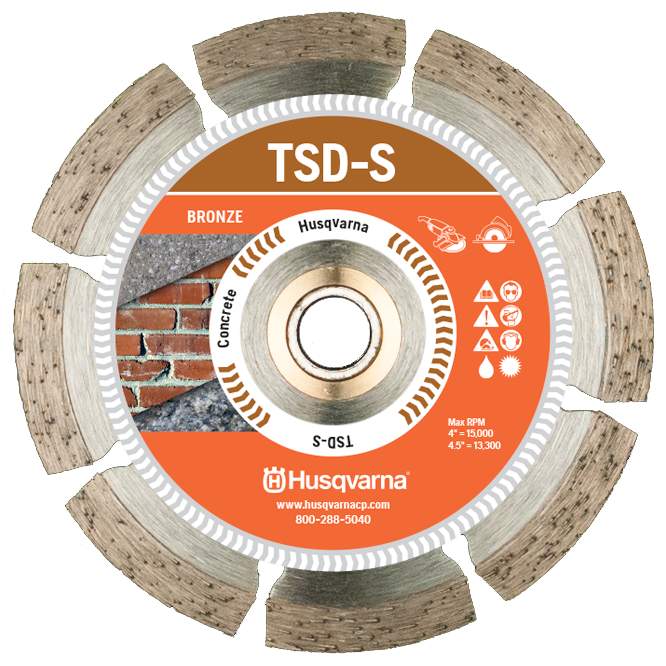 |
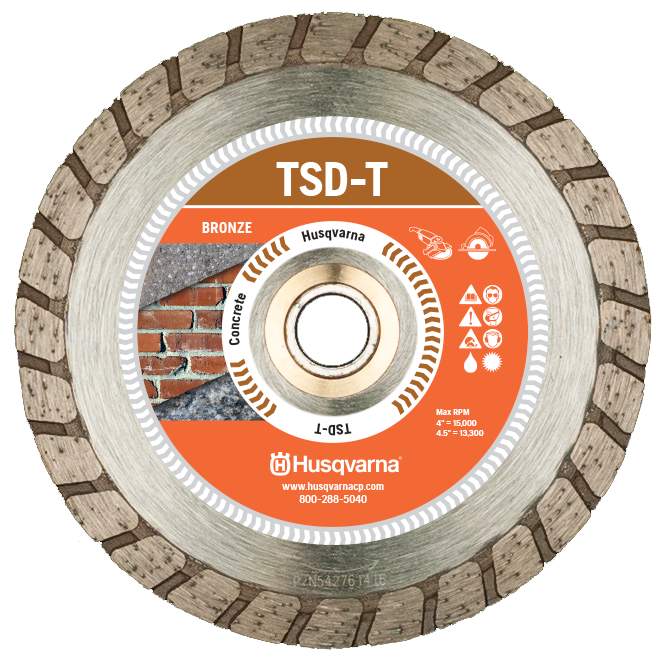 |
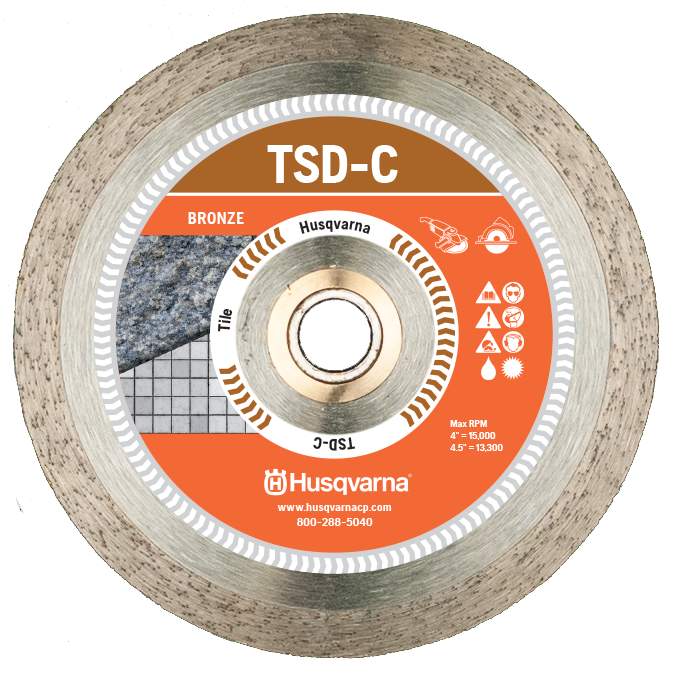 |
| TSD Sedmented | TSD Turbo | TSD Continuous |
Turbo Blades
Turbo blades are a versatile type of diamond blade used across various construction and fabrication industries due to their unique design. Here’s a detailed look at the characteristics, applications, and advantages of turbo blades:
Turbo Blades: Characteristics and Design
1. Design and Construction:
- Turbo Rim: Turbo blades feature a continuous rim enhanced with a wavy, serrated pattern. This design combines the benefits of both segmented and continuous blades, providing speed and precision.
- Diamond Embedding: Like other diamond blades, turbo blades have diamond particles embedded within a metal matrix. The serrations in the rim allow for faster exposure of new diamonds, making them aggressive cutters.
- Heat Dispersion: The unique rim design helps in better heat dispersion, which allows turbo blades to cut faster without overheating.
2. Cooling Mechanisms:
Air Cooled: The wavy design of the rim creates air pockets during rotation, which helps to cool the blade naturally. This is particularly useful in dry cutting scenarios.
Water Compatibility: While they are effective in dry cutting, turbo blades can also be used with water to enhance their cutting speed and lifespan by reducing dust and cooling the blade.
Applications of Turbo Blades
1. Material Suitability:
- Concrete: Efficient in cutting concrete, including blocks and pavers, where speed and a clean cut are necessary.
- Stone: Ideal for various types of stone, such as granite and sandstone, providing quick cuts without significant chipping.
- Brick and Masonry: Used in masonry work to cut through bricks and other building materials efficiently.
- Tile: Can be used for harder tiles, though with more caution to avoid chipping compared to continuous rim blades.
2. Usage Context:
- Building Construction: Commonly used in construction projects for quick cutting of building materials.
- Landscaping: Useful in landscaping for shaping stones and concrete materials.
- Remodeling and Renovation: Selected for renovations where diverse materials need to be cut quickly and precisely.
Advantages of Turbo Blades
- Speed and Efficiency: The serrated edge allows turbo blades to cut faster than standard segmented or continuous rim blades, making them suitable for projects requiring quick progress.
- Versatility: Turbo blades are versatile in handling different materials, making them a valuable tool for contractors who work with a variety of substances.
- Clean Cuts with Minimal Chipping: Despite their aggressive cutting capability, the design of turbo blades offers a balance between speed and a smooth finish, reducing chipping compared to standard segmented blades.
- Dry and Wet Cutting Flexibility: Their ability to perform well in both dry and wet conditions makes them adaptable to various job site requirements, reducing the need for multiple types of blades.
In summary, turbo blades stand out for their cutting speed, versatility, and the ability to deliver cleaner cuts in a variety of construction materials. Their unique rim design not only enhances performance but also extends the usability of the blade under different working conditions, making them a favored choice among professionals needing efficient and effective cutting tools.
The Language of Blades
Understanding the terminology used in the industry is crucial for making informed decisions about which blade to choose for specific applications. Here’s a deeper dive into some key terms and how they impact blade performance:
Diamond Concentration: The amount of diamond particles embedded within the blade's cutting segments. Higher concentrations of diamonds enhance the blade's ability to cut aggressively and quickly through very tough materials. While more diamonds generally imply a faster cut, they also mean a higher cost. It’s important to balance the need for speed against the cost and the potential for faster wear in some situations.
Metal Matrix: This refers to the bond—the metal mixture that holds the diamonds in place on the blade segment. The composition of the matrix affects how quickly the diamonds are exposed as the blade wears. A softer matrix will wear down quicker, exposing new diamonds faster, which is ideal for cutting harder materials. Conversely, a harder matrix wears down more slowly, suited for softer materials to avoid rapid diamond loss.
Quality Levels: Husquavarna divides their blades into three tiers; Gold, Silver, and Bronze
- Gold Level: Designed for specialist contractors who require the best performance and maximum lifespan for intensive jobs. Gold level blades can handle the toughest materials and the most demanding jobs with ease. Gold is designed for specialist contractors.
- Silver Level: Aimed at general contractors who need reliable performance but may not require the premium features of Gold. Silver offers a balance of efficiency and durability, suitable for a variety of standard construction materials. Silver is designed forgeneral contractors.
- Bronze Level: Perfect for occasional users like DIY enthusiasts or for less demanding tasks. These blades offer good performance at a more affordable price, making them a cost-effective choice for less frequent use. Bronze is designed foroccasional users.

By becoming fluent in these terms, you can more accurately assess which blade will best meet your needs. Consider both the material you will be cutting and the frequency of use. For example, a professional contractor might lean towards a blade from Husqvarna's Gold or Silver category, depending on the job’s requirements, while a home user might find a Bronze level blade perfectly adequate for their needs.
This nuanced understanding of blade characteristics allows for more tailored and effective choices in blade selection, ensuring better performance and often resulting in cost savings by matching the right blade to the right job.
Selection Simplified: The Right Diamond Blade for the Job
Selecting the right diamond blade hinges on three critical considerations:
Material Match: The hardness of the material dictates the bond of the blade.
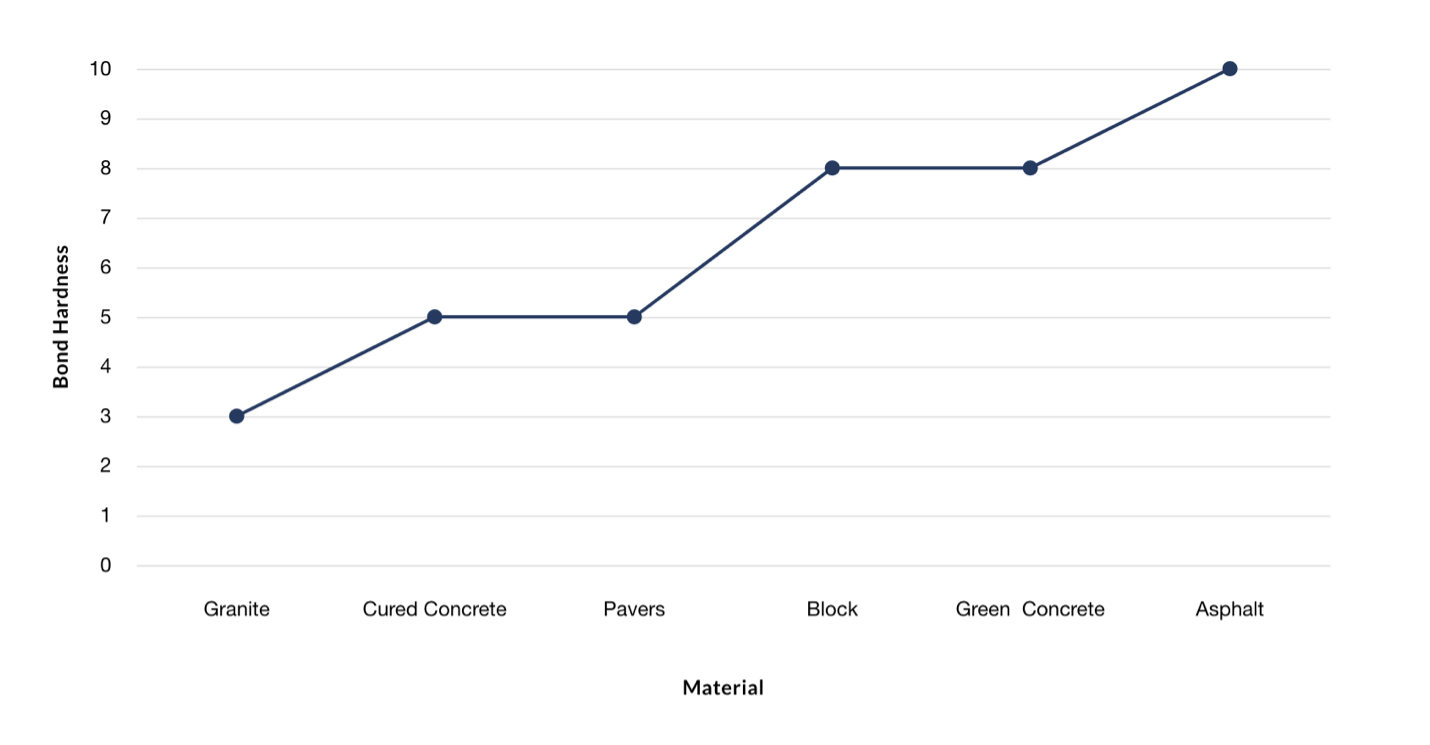
Saw Compatibility: The blade must be suited for the saw in use.
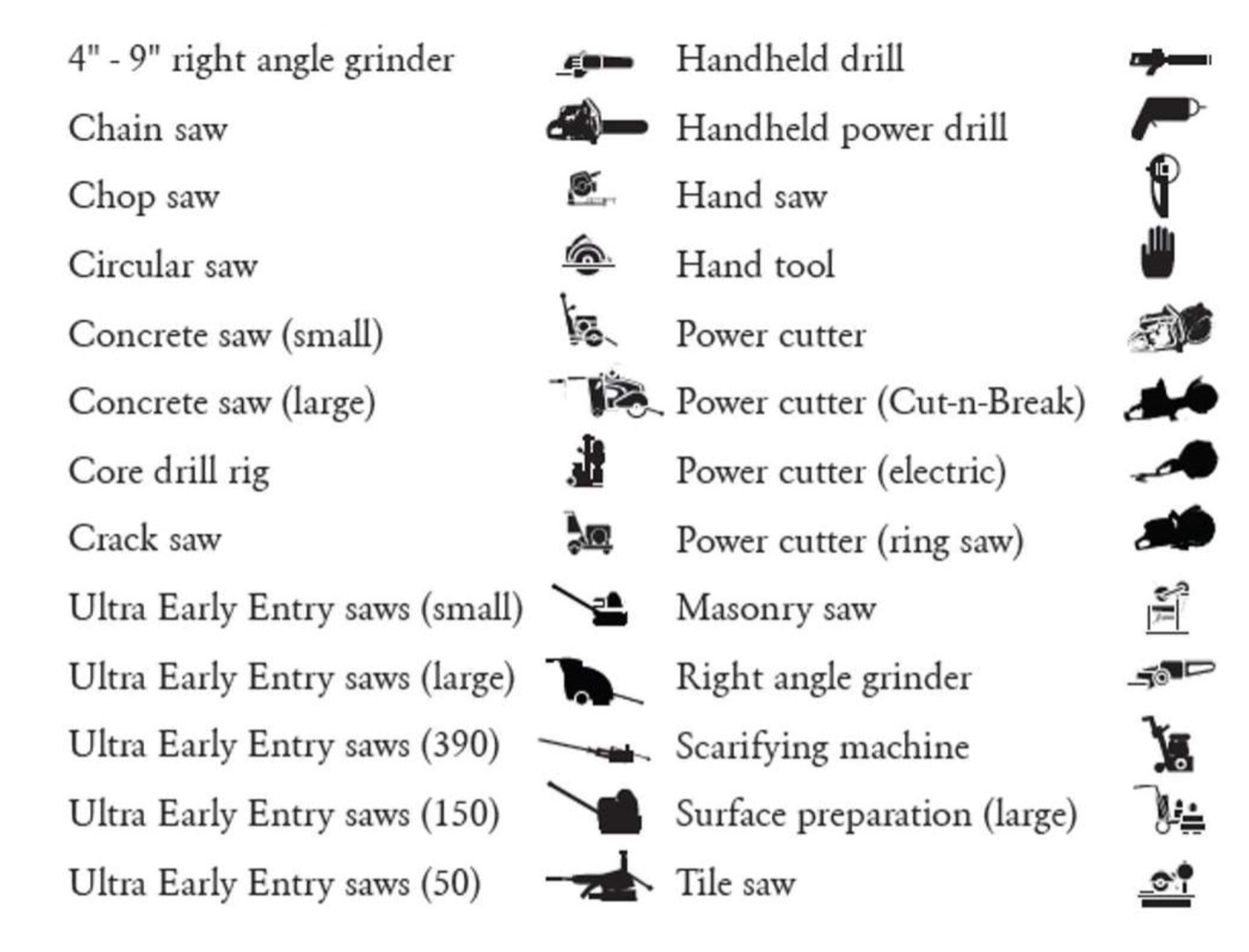
Cut Depth: Ensure the blade diameter aligns with the required cutting depth.
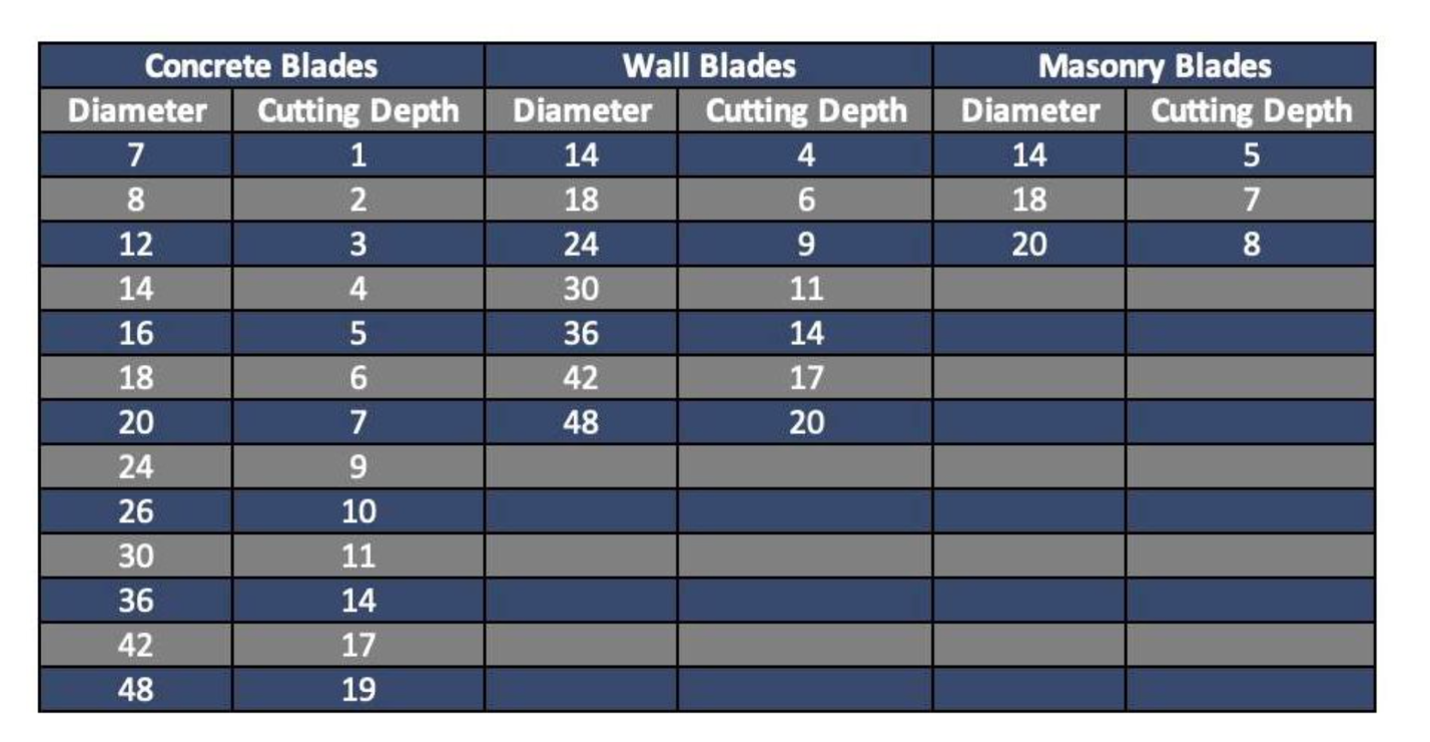
Common Mistakes to Avoid When Selecting and Using Diamond Blades
This part of the guide is dedicated to helping you sidestep common pitfalls that could compromise the efficiency and longevity of your diamond blades. Here are some of the most frequent errors and how to avoid them:
Choosing the Wrong Blade Type for the Material: Using a blade not suited for the material, like using a segmented blade for precision cutting in porcelain, which can lead to excessive chipping.
Solution: Always match the blade to the material. Use continuous rim blades for delicate tile work to minimize chipping and turbo blades for harder materials when a clean cut is essential but some material toughness can be handled.
Ignoring Blade Compatibility with the Saw: Attaching a blade to a saw that doesn’t match its operational speed or power, which can lead to blade damage or inefficient cutting.
Solution: Check the manufacturer’s specifications for both the blade and the saw to ensure compatibility. This includes matching the blade's diameter and arbor size with the saw, as well as ensuring the maximum RPM rating of the blade is suitable for the saw’s RPM.
Improper Blade Installation: Installing the blade backwards or not securing it properly, which can result in poor performance or safety hazards.
Solution: Follow the installation instructions carefully. Ensure the blade is mounted in the correct direction (most blades have arrows indicating the direction in which they should rotate), and double-check that all fittings are tight and secure before use.
Neglecting Proper Cooling Methods: Using dry-cut blades without adequate water when required can lead to premature wear and potential blade failure.
Solution: Use sufficient water cooling for wet-cut blades to maintain their lifespan and performance. For dry-cutting blades, ensure there is enough air circulation to prevent overheating.
Pushing the Blade Too Hard: Forcing the blade into a cut rather than letting the blade do the work can wear out the blade quickly and lead to uneven cuts.
Solution: Allow the blade to cut at its own pace. Apply gentle pressure and let the diamond do the cutting. Overloading the blade can also lead to overheating and warping.
Skipping Regular Blade Checks: Not inspecting the blade for wear or damage before each use.
Solution: Regularly inspect the blade for any visible signs of wear or damage such as warping, undercuts, or segment loss. Replace the blade if it shows extensive wear or damage to ensure optimal performance and safety.
Armed with this information, you can confidently navigate a diverse array of diamond blades, ensuring that your next purchase is not just a transaction, but a pivotal addition to your toolkit. Whether you're slicing through granite or etching precision lines in porcelain, the right diamond blade can turn a challenging job into a masterpiece of craftsmanship. Selecting the appropriate diamond blade is as much about the blade itself as it is about understanding the material you'll be cutting. With this guide, we trust that you'll be well-equipped to make an informed choice that enhances your efficiency and output, one cut at a time.
































